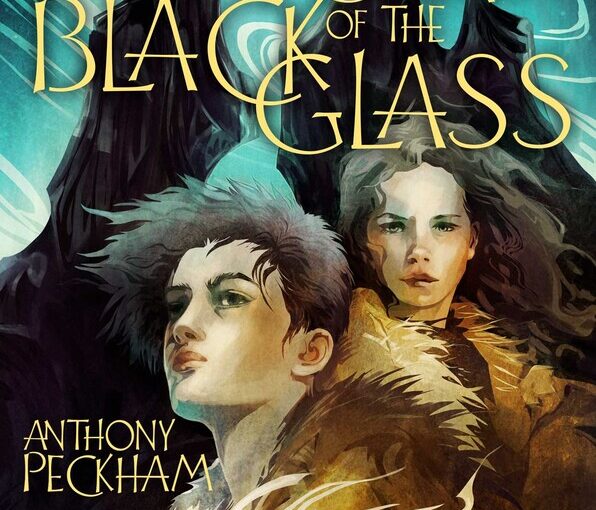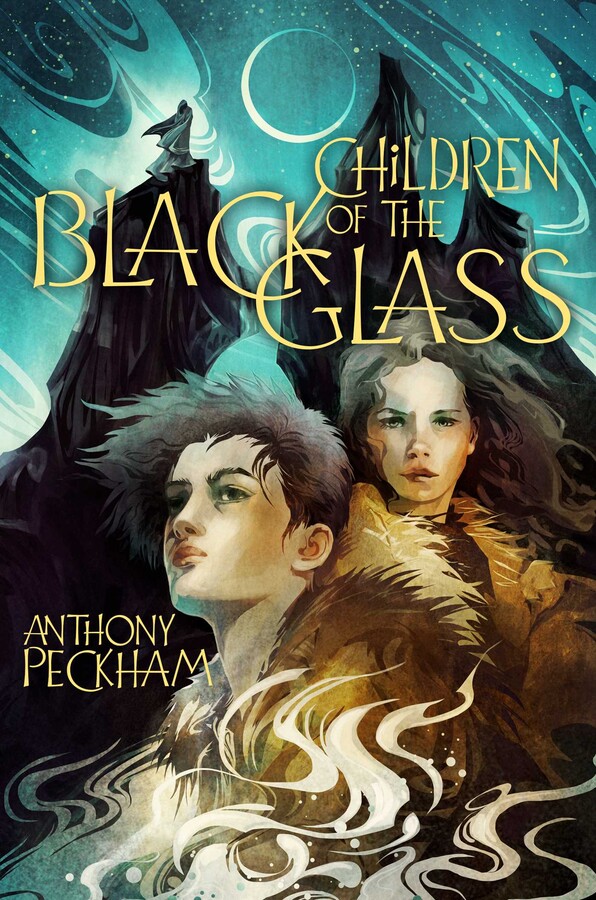Don’t call it fantasy, because those books have never resonated with me. Children of the Black Glass is probably classed as fantasy, due to its sorcery, castles, dark alleys, and musty-smelling environment. Yeah, it’s fantasy, but it’s a dingy one that’s laden with black dust. It’s not dark, dank fantasy, rather it’s a world that you’d envision is moist, cloudy, and mysterious. If you were to meet a character from Children of the Black Glass in real life they’d most likely be quiet, untrustworthy, wearing an animal pelt, could live for decades in the country without any assistance and probably smell like a billy goat.
Don’t mistake the mood that I’ve painted for the book as it being dour. It’s an action fantasy that realistically builds a world through its descriptive choice of words. Whenever I teach middle-grade ELA I intentionally use words that the students aren’t accustomed to hearing. They complain a little bit at first, but I let them know that I’m exposing them to new words so that they’re able to explain situations in a manner that’s more engaging and interesting.
Children of the Black Glass sets up the world that the book operates in with a one-page prologue. Most readers that I deal with skip the prologue because they figure it added to the obligatory word count that the authors have to achieve. In this case, the prologue answers the 5 W’s that help readers know exactly what’s happening and provides the skeleton that the meat of the story is built.
We’re introduced to Seka, a trader up in the mountains looking for black glass. Many years earlier, one of his eyes was blinded by a shard of glass when he was cutting it. It’s perilous work climbing mountains and the task of mining black glass is high risk/high reward. If you cut the glass incorrectly it’s unpredictable, and there are other miners, almost all of whom have two functioning eyes, that are looking for the same thing.
When Seka spots the most glorious piece of black glass that he’s ever seen he’s quick to avert his gaze so that the other miners don’t see it also. Something of this caliber is most certainly ‘sorcerer’s glass’, a cut of stone that could yield a payday that’s equal to more than a year’s work, and possibly enough to retire on. Seka knew that it was dangerous, but the potential of what it could mean for him and his children far outweighed the pitfalls of what could happen.
From the prologue alone readers will know what’s happened and have an inkling of what could happen with Seka. Then, in the first sentence of chapter one, we learn that his two children have no idea about how perilous the work that he does for the family is. Tell and Wren are skilled at certain things that they need to know but haven’t ventured out past their mountain hut, as well as, the massive trading post that’s a couple of days from them.
Children of the Black Glass is fantasy mglit that’s very easy to enjoy. The chapters are as long as nine pages or as short as four pages. It’s written on a level that upper elementary school readers will be able to understand and is smart enough in its story and detail to be engaging for older readers. The middle school ELA class that I referenced earlier would eat this book up with a spoon. It’s a spoon that’s left out in a mud spot but is now only visible by its twisted, muted plastic as it plays hide and seek between the crags in the side of the playground.
This book establishes an mglit series in just the right way. It’s an engaging story that’s well written, but also sets up a larger world with two more books on the way. Yeah, it’s projecting its intentions as a series, but this is a big story that succeeds in the initial outing and leaves readers hoping that the second book follows the same high-quality path.
Children of the Black Glass is by Anthony Peckham and is available on Antheneum Books/Caitlyn Dlouthy Books, an imprint of Simon & Schuster.
There are affiliate links in this post.






 Facebook
Facebook Twitter
Twitter Flickr
Flickr GooglePlus
GooglePlus Youtube
Youtube